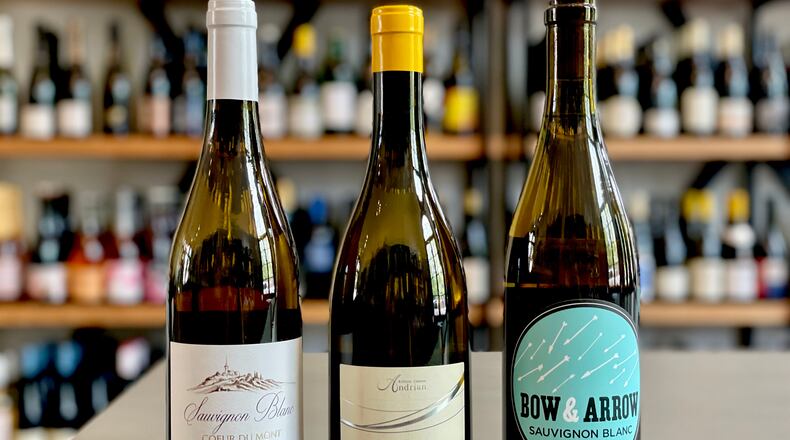One of our core business tenets is to free guests from the mindset of choosing a wine based on grape variety. This is to encourage them to explore new wines, and also not to disappoint them when the grape doesn’t match the stereotype.
So much more goes into the flavor profile of a wine than just the grape. The climate of the region, variance in soil type, and stylistic decisions made in the winery (for instance, aging a wine in oak barrels versus stainless steel tanks) are just three variables that can change a wine’s flavor profile.
Changing global temperatures and the movement toward low-intervention winemaking have made the telltale markers of certain grapes less dependable.
In the past decade, sauvignon blanc has joined the unfortunate “basic” call list, with pinot grigio and chardonnay; people assume it is a singular style, or dismiss it altogether for that same reason. Yet, lately, no grape has represented more diversity than sauvignon blanc.
Some have started calling for Sancerre, from a sub-region of the Loire Valley, by the glass. We call this the “50 shades effect” — a result of it being featured in the novel “Fifty Shades of Grey.” And, while a classic, crisp, mineral-driven white from the Loire Valley is as much a delight as a grassy New Zealand sauvignon blanc, isn’t an oddball choice every now and again part of the fun of wine?
Historically, France was the benchmark for great sauvignon blanc-based wines, primarily from Bordeaux as part of a blend, or the Loire Valley, where it shines as a single varietal. In the late 1990s and early 2000s, New Zealand dominated the variety with its pungent, racy and sometimes polarizing style.
Nowadays, the sauvignon blanc category is full of excellent offerings, originating from South Africa to South America. The domestic field has grown beyond California, to include Oregon and as far east as Virginia.
The lesson: Never assume anything about a grape. Find a wine retailer or sommelier you trust, tell them what you typically enjoy, then keep an open mind.
To experience a wide spectrum of styles and tasting notes in the sauvignon blanc category, look for the following labels at well-stocked wine shops:
2019 Marine Dubard sauvignon blanc — A classic style of French sauvignon blanc at an exceptional value, it leads with minerality, bright citrus and undertones of subtle melon. Spritely and dry, this is the closest to what one might expect from the grape.
2019 Cantina Andriano Floreado sauvignon blanc — The cooler climate is responsible for the crisp acidity in this pick from the Italian Alps. It’s a nice bridge between the pungent New Zealand style and crisp French sauvignon blancs.
2018 Bow & Arrow La Chenaie Vineyard sauvignon blanc — Wildly aromatic, and rich with tropical notes of papaya, sweet mint and limeade, this wine is fermented in oak vats and aged for 10 months. Much fuller bodied than we generally expect from this grape, it’s a delicious Oregon oddball.
The Slaters are beverage industry veterans and the proprietors of the Expat and the Lark Winespace in Athens.
Read more stories like this by liking Atlanta Restaurant Scene on Facebook, following @ATLDiningNews on Twitter and @ajcdining on Instagram.
About the Author
The Latest
Featured


